WW2 Beach Obstacles: the Czech Hedgehog
The Czech hedgehog was a type of beach obstacle used extensively during World War II by the Axis powers, particularly Germany, to hinder the Allied amphibious landings. The obstacle was named after its origin, as it was first designed and used by the Czech military before the Nazi occupation of Czechoslovakia.
The Czech hedgehog was made up of a series of large, interlocking steel or concrete beams, each with four or five sharp, pointed spikes. The spikes were designed to penetrate the hulls of landing craft and prevent them from landing on the beaches, while the interlocking beams made it difficult to remove or bypass the obstacle.
The Czech hedgehog was initially designed as an anti-tank obstacle, but it was later adapted for use against landing craft. It was particularly effective against smaller landing craft, such as those used in the early stages of the D-Day landings, as these were more vulnerable to the spikes.
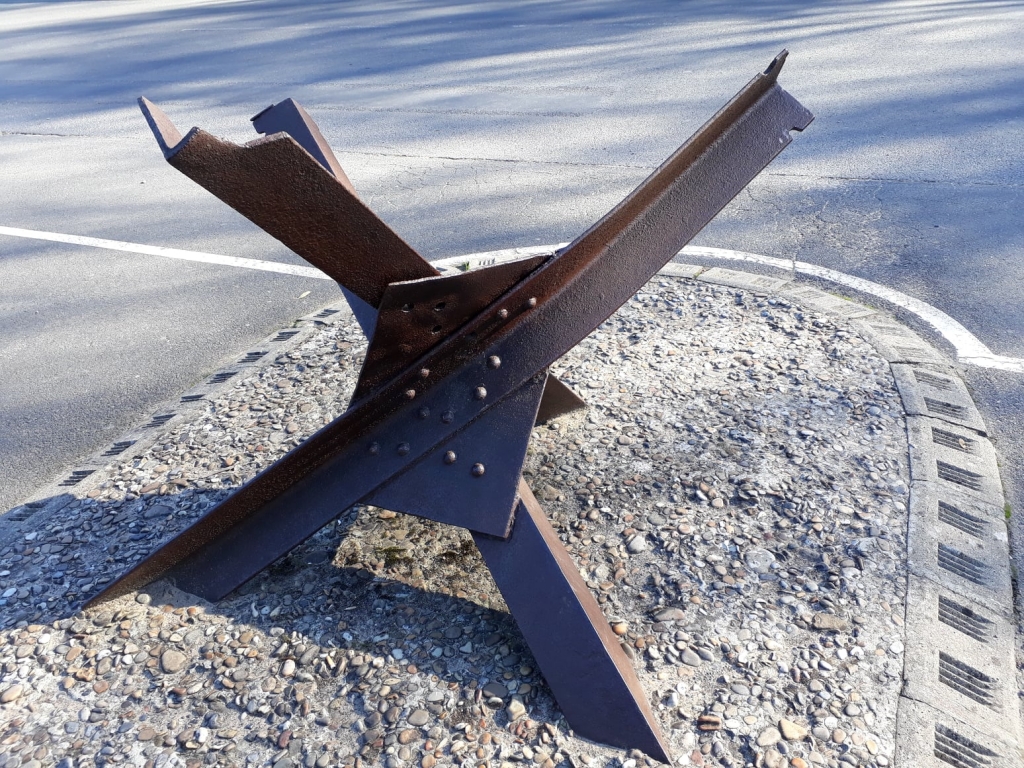
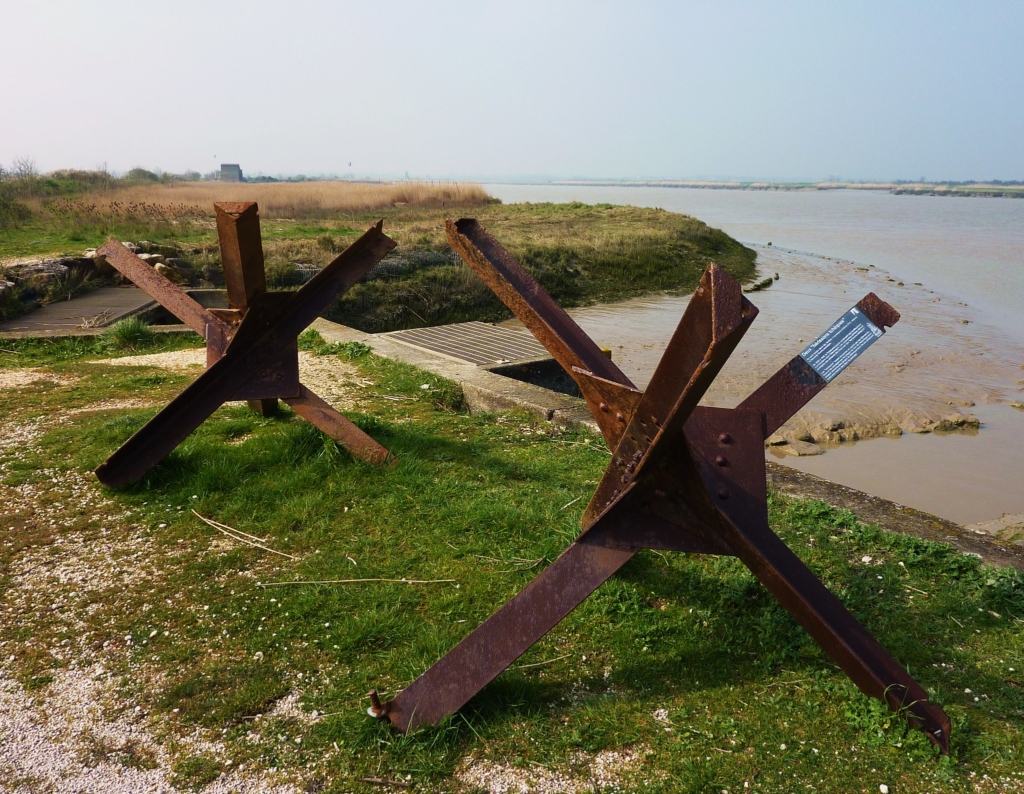
A tough obstacle but not impassable.
The Czech hedgehog was deployed extensively along the beaches of Normandy in 1944, particularly in areas where the Germans expected the Allies to land. They were also used in other theatres of war, such as the Mediterranean and the Pacific, and were particularly effective in defending against amphibious landings.
The deployment of the Czech hedgehog was part of a broader strategy by the Germans to hinder the Allied amphibious landings. The Germans also deployed other types of beach obstacles, such as barbed wire, mines, and concrete pillboxes, to make it more difficult for the Allies to establish a beachhead.
Despite its effectiveness, the Czech hedgehog was not invulnerable. The Allies developed a number of countermeasures, such as explosive charges, flail tanks, and specialized landing craft with retractable ramps, to bypass or remove the obstacles. The Allies also used deception tactics, such as creating fake landing sites and radio transmissions, to confuse the Germans and draw their attention away from the real landing sites.


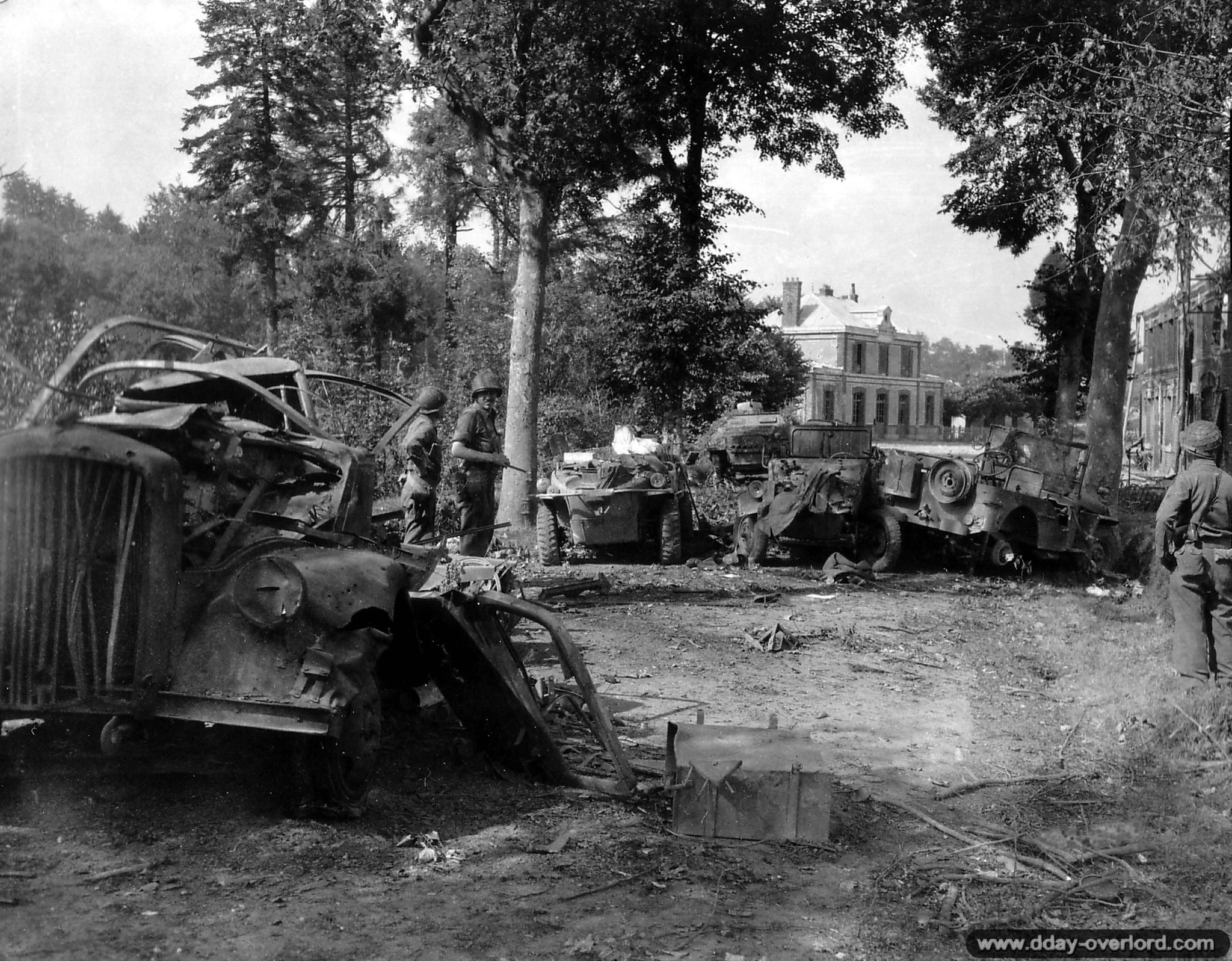

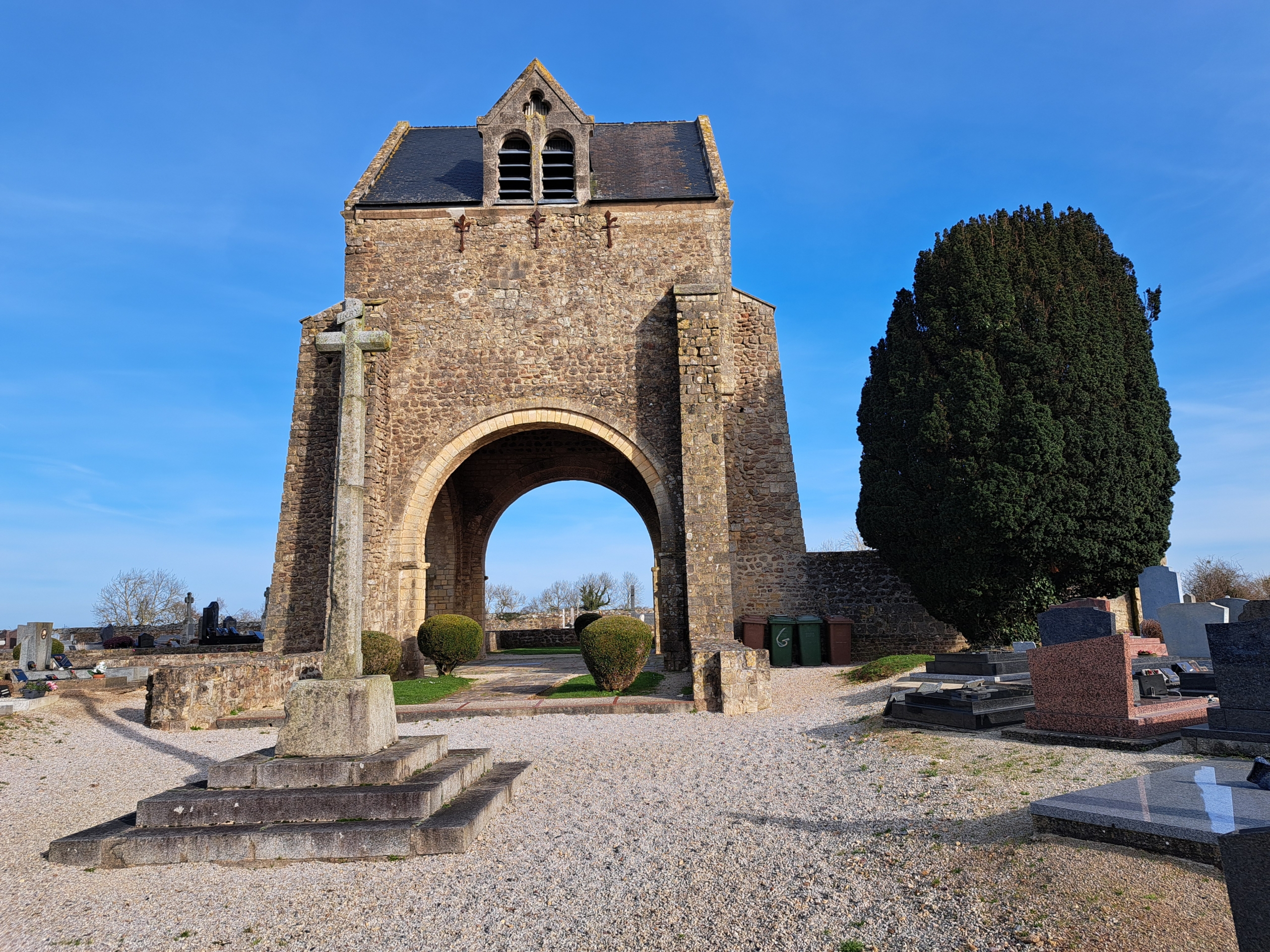
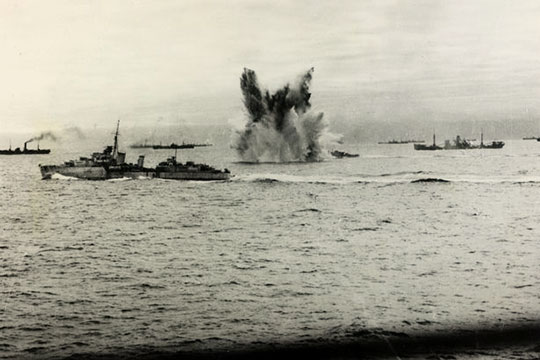

Leave A Comment